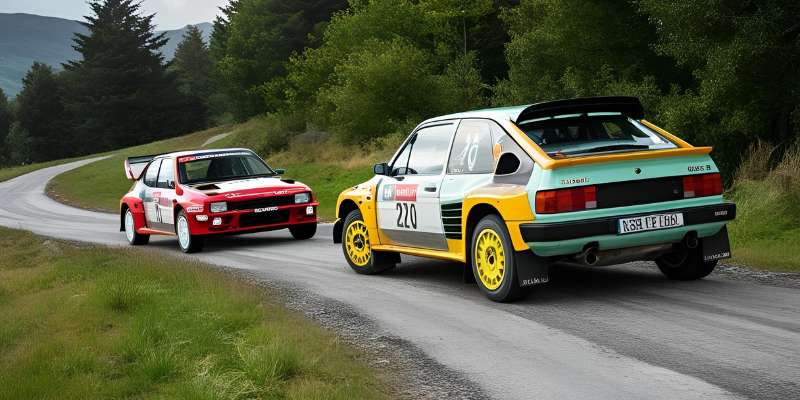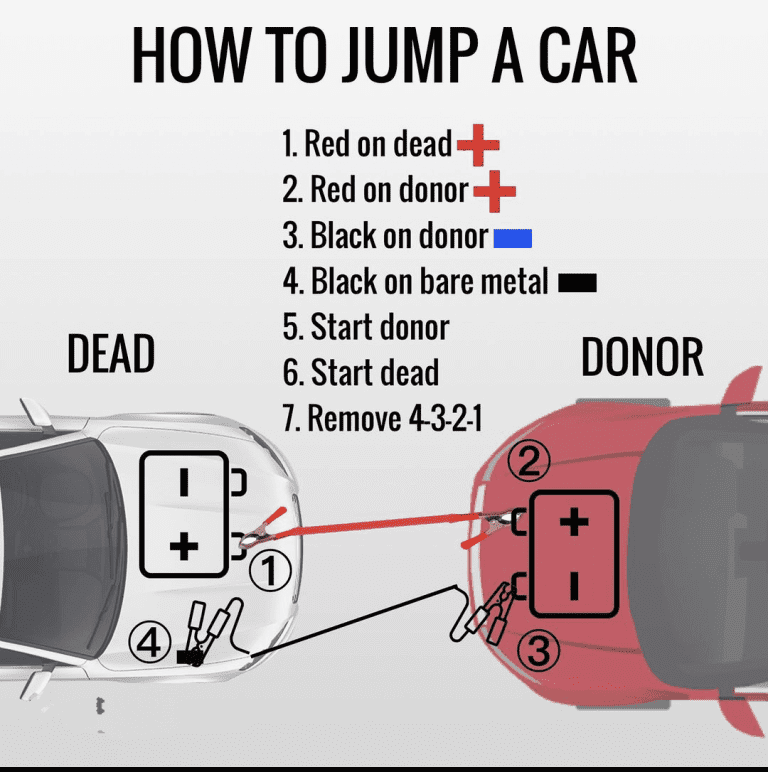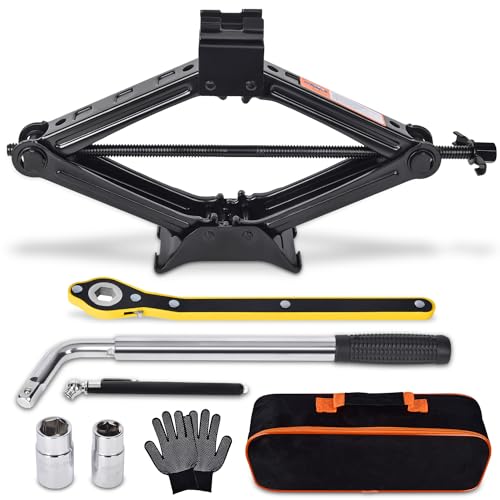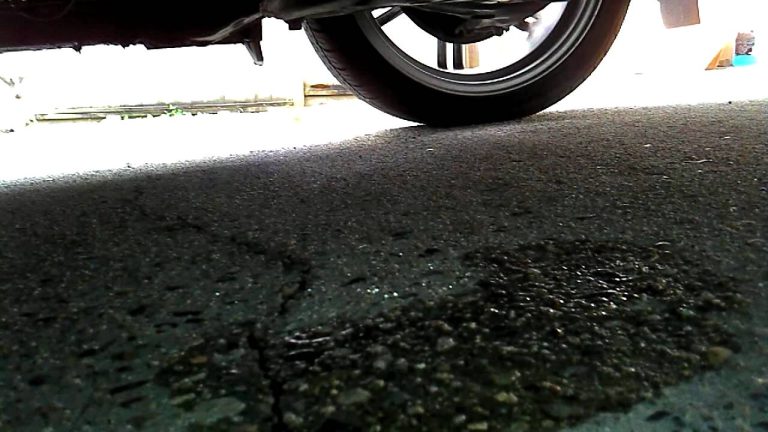Are Rally Cars All Wheel Drive? Unveiling the Truth
Yes, rally cars are typically all-wheel drive. This design helps them navigate tough terrains with better stability and control.
But why is all-wheel drive such a popular choice in rally racing? Rally cars often face rough, unpredictable tracks. From muddy paths to slippery gravel, the challenges are immense. All-wheel drive systems distribute power to all four wheels, providing better grip.
This means improved performance on challenging surfaces. Drivers can maintain control even when conditions are less than ideal. This setup also enhances acceleration and handling. It allows rally cars to tackle sharp turns and steep inclines effortlessly. The capability to handle these diverse elements makes all-wheel drive indispensable. In rally racing, having the right drivetrain can make all the difference. It transforms obstacles into opportunities, ensuring thrilling races.
Rally Car Basics
Rally cars are built for speed on rough roads. They race on dirt, mud, snow, and more. These cars need strong engines and tough bodies. Speed matters, but control is key.
Core Features
Most rally cars have all-wheel drive. This helps them grip the road better. All-wheel drive sends power to all four wheels. This makes the car stable in tricky spots.
Rally cars need good suspension systems. This helps them handle bumpy roads. The suspension absorbs shocks and keeps the car steady. Strong brakes are also important. They help the car stop quickly and safely.
All Wheel Drive Explained
All Wheel Drive (AWD) sends power to all four wheels. This helps the car move better on rough roads. AWD is very useful in rain or snow. It uses a special system to control the power. This system decides which wheel needs more power. This way, the car doesn’t slip easily. It helps keep the car steady and safe.
- Better traction on slippery roads.
- Improved stability during turns.
- Helps in off-road driving.
- Enhanced control for drivers.
- Reduces risk of skidding.
Rally Car Drive Systems
Rally cars often use All-Wheel Drive (AWD) systems. AWD helps cars grip the road. This is crucial on slippery surfaces. The wheels get power from the engine. AWD sends power to all four wheels. This helps in maintaining control. Drivers can handle turns better. It also improves acceleration. AWD is a common choice in rally racing.
Not all rally cars use AWD. Some use Front-Wheel Drive (FWD). Others might choose Rear-Wheel Drive (RWD). FWD is simpler and lighter. It helps in fuel efficiency. RWD can offer more power to the back wheels. This is good for speed. Each type has its own benefits. Choosing the right one depends on the race conditions.
Historical Perspective
Rally cars have changed a lot over the years. In the beginning, cars were two-wheel drive. Drivers faced many challenges on rough roads. They struggled with grip and control. All-wheel drive (AWD) made things easier. AWD helped cars grip better on dirt and snow. It gave drivers more control in tough conditions. This was a big step in rally car racing.
Some car makers led the way with AWD. Audi was one of the first. Their Quattro model was a key player. Subaru also joined the AWD trend. Their Impreza became famous in rally races. These brands changed rally car racing forever. AWD helped cars win more races. It became the norm in rally racing.
Benefits Of Awd In Rally
All-Wheel Drive (AWD) gives cars better traction. This is important on slippery roads. AWD helps in keeping the car stable. Especially in sharp turns and tight corners. Drivers feel more in control. This makes driving safer for everyone. Slips and skids are less likely. Safety is a big win.
Rally cars face tough terrains. These include mud, gravel, and snow. AWD helps cars move smoothly over these surfaces. It adjusts to each wheel’s needs. This makes sure the car moves forward without getting stuck. Even when the road is bumpy or wet, AWD keeps the car moving. Drivers can focus on speed and direction. They don’t worry about getting stuck.
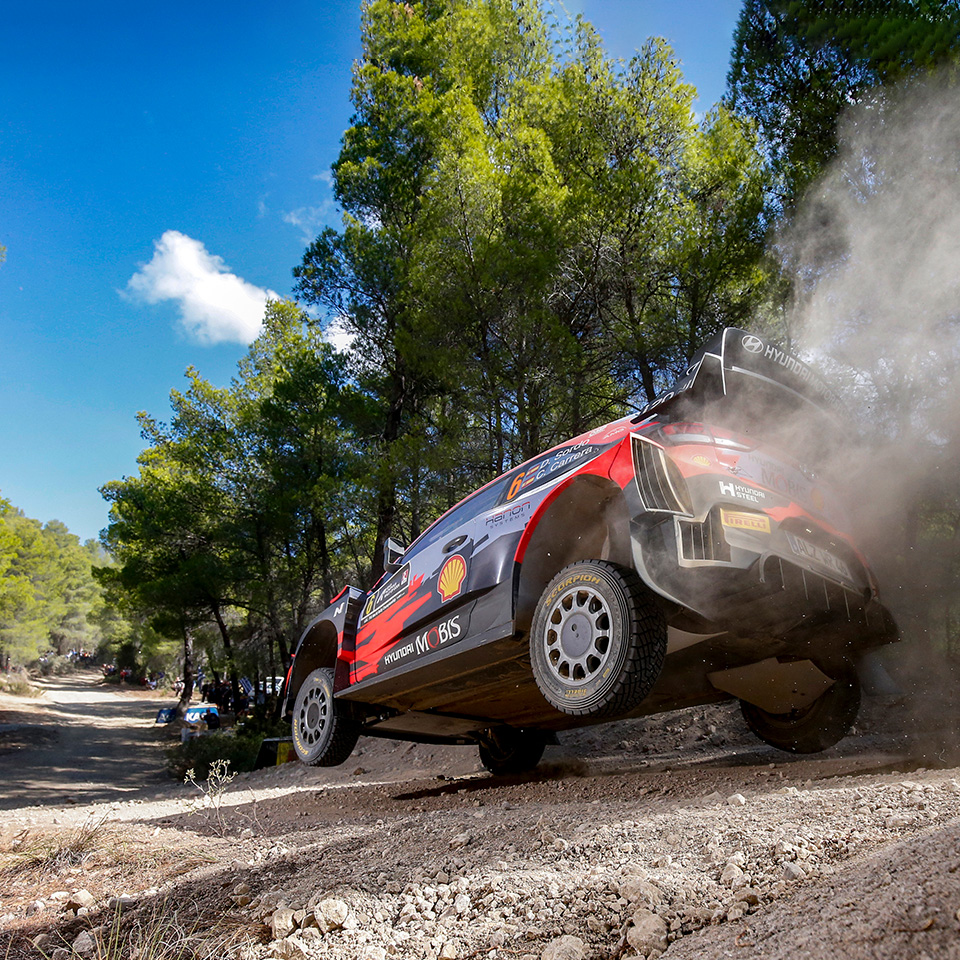
Credit: www.hyundaimotorgroup.com
Challenges With Awd
Complexity is a big issue for AWD cars. These cars have many parts. Each part needs to work well with others. If one part fails, the car may stop working. Fixing these issues can take a lot of time. Mechanics need special tools for these cars. This makes it hard for regular garages to fix them.
Cost is another challenge. AWD systems are expensive. Building the car costs more money. Repairing them costs more too. Parts for these systems are not cheap. Owners must pay extra for these special parts. This increases the total cost of owning an AWD car.
Weight Considerations
AWD systems make cars heavier. Extra parts add weight. Heavy cars use more fuel. They are less efficient. Drivers spend more on fuel. This is bad for the environment. Lighter cars are better. They use less energy. They pollute less.
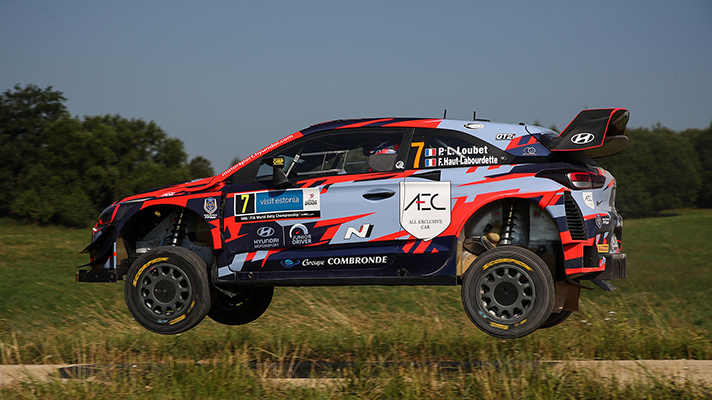
Notable Awd Rally Cars
Some rally cars are famous. Subaru Impreza is one of them. It has won many races. Mitsubishi Lancer Evolution is another. Fans love it for its speed. Both cars have AWD. They grip the road well.
AWD cars often win races. Subaru Impreza has many trophies. It is a champion in the World Rally Championship. Mitsubishi Lancer also shines in contests. It has earned respect on tough tracks. These cars are known for their performance and reliability. Their AWD system helps in challenging conditions. It makes them fast and stable.

Credit: dirtfish.com
Future Of Rally Car Technology
Rally cars are seeing new drive systems. Electric motors are becoming popular. These motors give fast power. All-wheel drive helps cars grip better. More grip means faster speeds. Engineers work on lighter materials. This makes cars go faster. Smart systems help drivers. They adjust power and brakes. This keeps the car stable. Hydraulic systems are also used. They help cars turn sharply.
Green technology is important for rally cars. Many use hybrid engines. These engines save fuel and cut pollution. Batteries are getting better too. They last longer and charge fast. Renewable energy is used to charge them. Recycled materials are used in car parts. This helps the planet. Eco-friendly tires are made for less waste.
Credit: www.hyundaimotorgroup.com
Frequently Asked Questions
Are Rally Cars Fwd Or Awd?
Rally cars are typically AWD for better traction on varied surfaces. Some lower-tier rally cars use FWD. AWD offers improved stability and performance, making it ideal for competitive rally racing. The choice depends on the specific rally class and regulations.
Are Rally Cars Two Wheel Drive?
Rally cars can be both two-wheel and four-wheel drive. Two-wheel drive cars are often used in lower rally classes. Four-wheel drive is preferred for better traction in challenging terrains. Choosing between them depends on the rally type and driver preference.
Are Subaru Rally Cars Awd?
Yes, Subaru rally cars are AWD. All-wheel drive enhances traction and stability, crucial for rally performance. Subaru’s AWD system provides superior control on various surfaces, making it ideal for rally racing. Their commitment to AWD technology is a key factor in their rally success.
Are Rally 3 Cars Awd?
Rally3 cars are all-wheel drive (AWD) vehicles. They feature a 1. 5-liter turbocharged engine. Designed for competitive racing, Rally3 cars provide excellent traction and handling. Their AWD system ensures optimal performance on various terrains, enhancing driver control. These cars are a popular choice for entry-level rally competitions.
Conclusion
Rally cars rely on all-wheel drive for superior performance. This setup enhances grip on rough terrains. Drivers gain better control and stability. All-wheel drive proves crucial in challenging conditions. Rally races demand precision and agility. Thus, all-wheel drive becomes a key factor.
It ensures safety and boosts speed. Fans admire the capabilities of these cars. The technology behind them keeps evolving. As rallying grows, all-wheel drive remains essential. It continues to define success in the sport.

